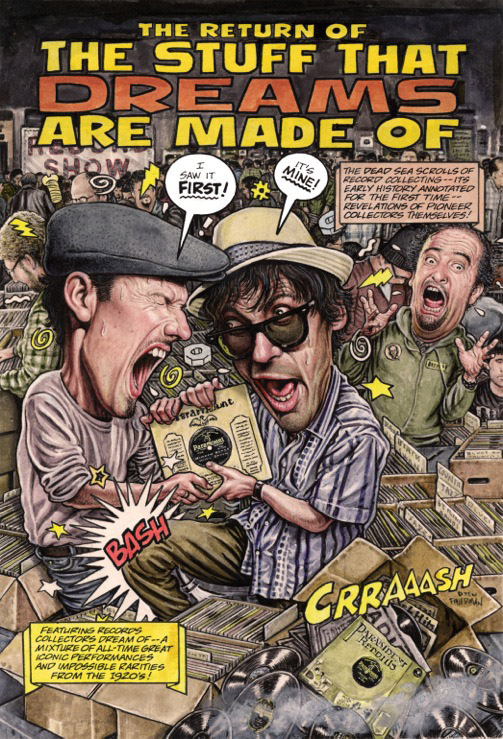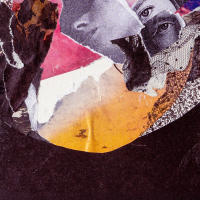Home » Jazz Musicians » Charley Patton
Charley Patton
Charley Patton - Blues Singer, guitarist ( 1892 - 1934)
Scraped and raw as a freshly plowed field, Charley Patton’s voice decries his harsh life amid the plantation system of the Reconstruction-era South. Patton rises defiantly from scratched 78 rpm shellac records, his voice in sync with the relentless clang of the Stella guitar he tuned a whole-step sharp to cut like a scythe in raucous juke joints; his prickly presence makes his protégé Howlin’ Wolf sound like a crooner. His is a brutally uncompromising sound that modern ears may find daunting. Listeners used to standard 12-bar progressions and regular four-beat measures may also find disconcerting the idiosyncrasies of early blues accompaniment, which follows the vocal line, rather than vice-versa. Like some of the greatest art in any media, however, time spent deciphering the darker mysteries of the music may be rewarded by a transcendent experience.
Recent research suggests that Charley Patton’s birth date may have been as early as July 12, 1885, giving even more credibility to his billing as the “Founder of the Delta Blues.” If accurate, when combined with the evidence that he began playing at the age of seven, it means Patton learned to play in the 1890s, when the first recognizable blues"such as “Joe Turner Blues” and “Frankie and Johnnie”"were making the rounds in the South. As a youngster, he learned from the people around him, with his most significant teacher being the unrecorded Henry Sloan, a fellow resident of Dockery plantation in Ruleville, Mississippi. Part of the lore of the Delta is that Sloan may have been the unnamed slide guitarist W.C. Handy memorably described hearing at the nearby Tutwiler train station in 1903"a true landmark in the history of the blues. Patton also played with members of the Chatmon family, who would go on to form the highly influential Mississippi Sheiks string band, best known for the 1930 recording, “Sittin’ on Top of the World.”
Patton’s preacher father"who beat him with a bullwhip when he first showed interest in the “devil’s music”"presented him with the first instrument he could call his own at age 14. Like many country bluesman of his generation and later, Patton was conflicted between a calling to the “cloth” or the “bar,” and he responded by performing the sacred, as well as the profane. He had begun playing professionally at dances when he was ten, and, by 1910, was so accomplished that he was the one influencing the players around him. More than most, he also played regularly for white audiences, giving them the unadulterated blues, as well as the popular numbers of the day.
Read moreTags
In Tune: Charley Patton, Jimmie Rodgers, and the Roots of American Music by Ben Wynne

by C. Michael Bailey
In Tune: Charley Patton, Jimmie Rodgers, and the Roots of American Music Ben Wynne 296 Pages ISBN: # 978-0807157800 Louisiana State Press 2014 With surgical precision, Ben Wynne teases away all the romantic claptrap surrounding two titan music contemporaries, placing them in their appropriate historical perspectives, perspectives that make for a unique Venn diagram of social and cultural overlaps that highlight the elements common to both the blues and country music. He does ...
Continue ReadingYazoo Records To Release Follow Up To Critically Acclaimed Collection Of Early Country And Blues Recordings

Source:
1888 Media
46-Track Collection Culled From The 1920s Contains Rare Tracks From Charley Patton, Bukka White, Ishman Bracey, Dave Macon, Eck Robertson and Charlie Poole 54-Page Booklet Chronicles The History of Collecting Old 78 Records From The 1920s Through The 1960s New York, NY: On September 25, 2012, Yazoo Records (a division of Shanachie Entertainment), will release the ultimate collection of early country and blues recordings, with the illustrious 2-CD set, The Return Of The Stuff That Dreams Are Made Of. This ...
read more
Music
Recordings: As Leader | As Sideperson

































